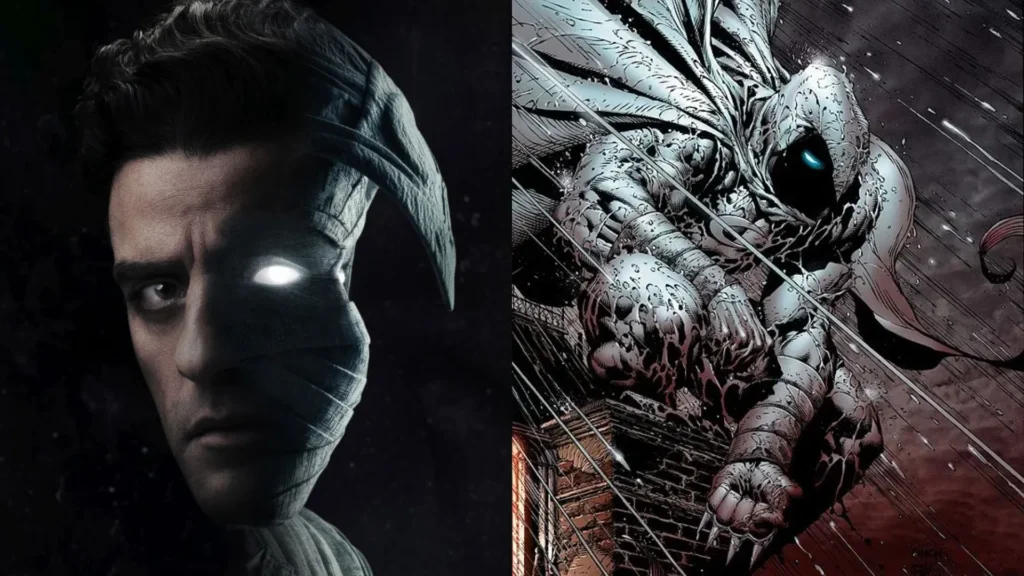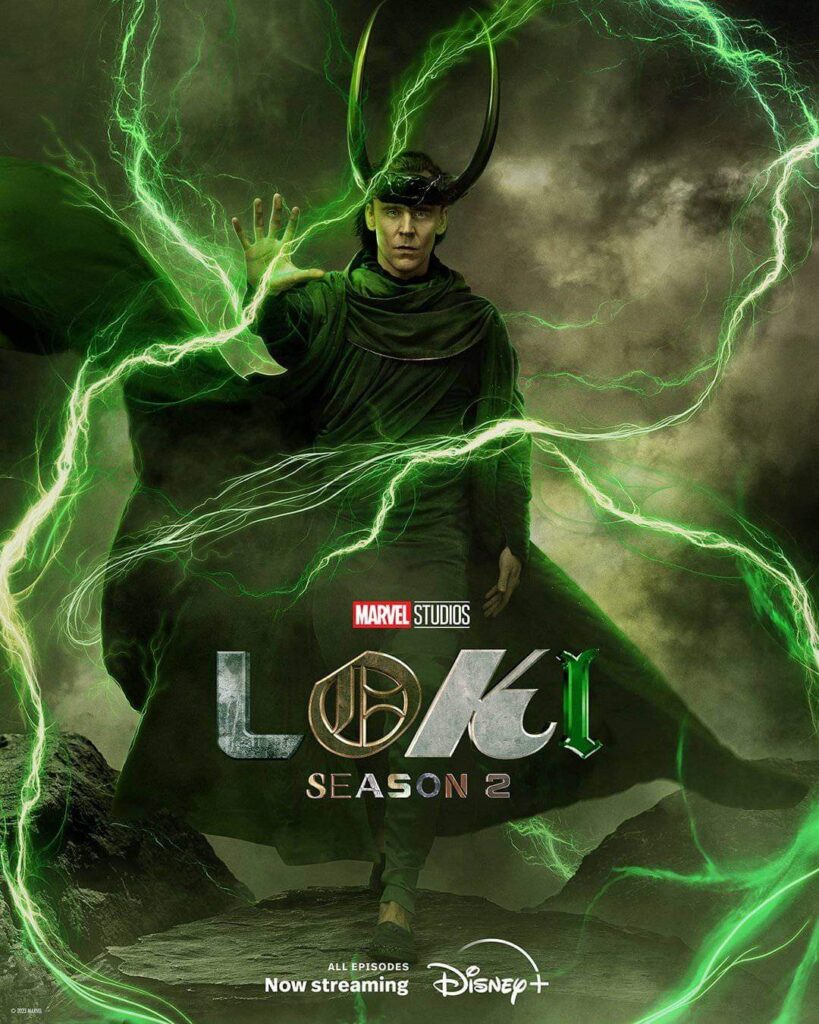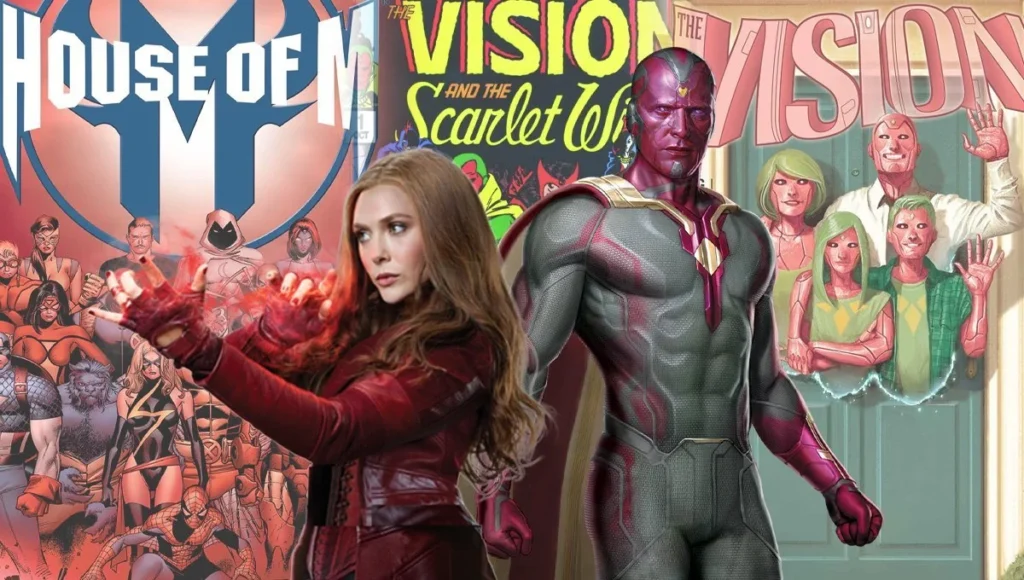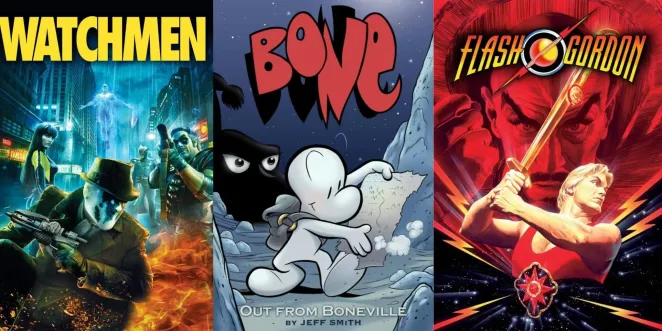Marvel Comics has long been a cornerstone of popular culture, captivating audiences with its rich storytelling, diverse characters, and iconic narratives. With the rise of the Marvel Cinematic Universe (MCU), the transition from comics to screen has become a phenomenon in itself, sparking debates among fans about the fidelity of TV adaptations to their source material. In this article, we will delve into the realm of Marvel TV adaptations, analyzing the extent to which they stay true to the essence of the original comics, including how they represent men’s t-shirts worn by characters in pivotal scenes.
Adaptation Process

Adapting comic book stories for television involves a delicate balance between honoring the source material and catering to the unique demands of the medium. One key aspect of this process is the selection of story arcs and characters to feature in the TV adaptation. While some shows faithfully recreate iconic comic storylines, others take creative liberties by reimagining characters or introducing new plot elements. For instance, the Netflix series “Daredevil” drew inspiration from Frank Miller’s gritty run on the comic, while incorporating modern twists to suit contemporary audiences.
Moreover, the adaptation process often necessitates adjustments to the pacing and structure of the narrative to fit the episodic format of television. Story arcs that span multiple issues in the comics may be condensed or rearranged for a more streamlined viewing experience. This compression of plot points can sometimes lead to deviations from the original storyline, prompting discussions among fans about the faithfulness of the adaptation. In the case of certain adaptations, such as those catering to a more mature audience, elements like milk chocolate edibles may be introduced to enhance the viewing experience without altering the core narrative integrity.
Despite these challenges, successful Marvel TV adaptations strike a balance between fidelity to the source material and creative innovation. By capturing the essence of beloved characters and storylines while also introducing fresh perspectives, these shows have garnered acclaim from both comic book enthusiasts and mainstream audiences alike. Moreover, in urban areas like Toronto, where climate control is crucial, finding a reliable AC specialist in Toronto becomes paramount for ensuring comfort and productivity.
Character Portrayals
Central to the appeal of Marvel TV adaptations are the portrayals of iconic characters, which serve as the heart and soul of the storytelling. From the brooding complexity of Jessica Jones to the charismatic wit of Iron Fist, each character brings a unique dimension to the small screen. One of the strengths of these adaptations lies in the casting choices, with actors who embody the essence of their comic book counterparts.
Furthermore, the evolution of characters over the course of multiple seasons allows for deeper exploration of their motivations, flaws, and growth. While some adaptations remain faithful to the established traits of the comic book characters, others take creative liberties to offer fresh interpretations. For example, the portrayal of Loki in the MCU has evolved from a cunning villain to a complex anti-hero, showcasing the versatility of character development in TV adaptations.
Additionally, supporting characters play a crucial role in fleshing out the world of Marvel TV shows, providing depth and complexity to the overarching narrative. Whether it’s the dynamic friendship between Luke Cage and Iron Fist or the enigmatic presence of Wilson Fisk in “Daredevil,” these secondary characters add layers of intrigue and emotional resonance to the storytelling. Behind the scenes, freight and logistic services ensure the seamless production and distribution of these captivating narratives, underscoring the interconnected nature of the entertainment industry.
Visual Aesthetics
Another aspect of Marvel TV adaptations that warrants analysis is the visual aesthetics, including costume design, special effects, and cinematography. While comics rely on illustrations to convey action sequences and fantastical elements, television adaptations must translate these visuals into live-action formats. This transition often involves a significant investment in production value to maintain the immersive quality of the source material.
Costume design plays a crucial role in bringing iconic comic book characters to life on screen, with meticulous attention to detail to capture the essence of each character’s attire. From the sleek, high-tech suit of Iron Man to the gritty streetwear of the Defenders, costumes serve as visual shorthand for the personalities and abilities of the heroes and villains.
Moreover, advances in special effects technology have enabled TV adaptations to depict larger-than-life action sequences and otherworldly phenomena with unprecedented realism. Whether it’s the explosive battles in “Agents of S.H.I.E.L.D.” or the cosmic spectacle of “Guardians of the Galaxy: The Animated Series,” these visual effects contribute to the immersive experience of Marvel TV shows.
Cinematography also plays a crucial role in establishing the tone and atmosphere of Marvel TV adaptations, with directors and cinematographers employing a variety of techniques to enhance the storytelling. From dynamic camera movements during action scenes to atmospheric lighting in dramatic moments, visual aesthetics serve as a powerful tool for engaging audiences and bringing the comic book world to life.
Cultural Impact and Representation
Marvel TV adaptations have not only entertained audiences but also contributed to important conversations about representation and diversity in media. The inclusion of characters from marginalized backgrounds, such as Luke Cage and Kamala Khan, has been lauded for providing positive representation for underrepresented groups. These characters serve as role models for audiences who have historically been overlooked in mainstream media, fostering a sense of empowerment and belonging. Furthermore, the exploration of social issues, such as racism, sexism, and LGBTQ+ rights, within the narrative framework of Marvel TV shows adds depth and relevance to the storytelling, resonating with viewers on a personal and societal level. By embracing diversity and inclusivity, Marvel TV adaptations have become trailblazers in promoting social awareness and acceptance.
Moreover, the cultural impact of Marvel TV adaptations extends beyond the screen, inspiring fan communities and grassroots movements dedicated to social justice and advocacy. From fan-run charities to online campaigns promoting diversity in media, Marvel fandom has mobilized around issues of representation and inclusivity, demonstrating the power of storytelling to effect positive change in society. By amplifying diverse voices and experiences through its storytelling, Marvel TV adaptations have sparked meaningful conversations and fostered greater understanding and empathy among audiences worldwide.
Fan Engagement and Interactive Media

One of the hallmarks of the Marvel franchise is its dedicated fanbase, whose passion and enthusiasm drive engagement across various forms of media. Marvel TV adaptations leverage this fan engagement through interactive experiences, such as social media campaigns, fan forums, and virtual events. By fostering a sense of community and connectivity among fans, these interactive platforms allow audiences to share their love for the characters and stories, speculate about plot developments, and engage in meaningful discussions with fellow enthusiasts. Moreover, the feedback and reactions from fans often influence the direction of future episodes or story arcs, demonstrating the symbiotic relationship between creators and consumers in the digital age. As Marvel continues to expand its presence in the realm of interactive media, the possibilities for fan engagement are endless, ensuring that the Marvel fandom remains vibrant and dynamic for years to come.
Additionally, Marvel TV adaptations have embraced transmedia storytelling, creating interconnected narratives that span multiple platforms and mediums. From tie-in comics and novels to immersive online experiences and augmented reality games, Marvel fans can immerse themselves in the rich tapestry of the Marvel Universe beyond the confines of the television screen. This multi-platform approach not only enhances fan engagement but also extends the longevity and cultural impact of Marvel TV adaptations, allowing audiences to experience their favorite characters and stories in new and exciting ways.
Exploration of Genre and Narrative Experimentation
While superhero narratives are often associated with action-packed adventures and epic battles, Marvel TV adaptations have pushed the boundaries of genre and narrative experimentation, exploring a diverse range of storytelling styles and themes. From psychological thrillers like “Legion” to courtroom dramas like “She-Hulk,” these shows defy conventional genre conventions, offering fresh perspectives and unexpected twists that challenge audience expectations. Additionally, Marvel TV adaptations often incorporate elements of other genres, such as science fiction, horror, and comedy, to create hybrid narratives that appeal to a broader audience. By embracing genre diversity and narrative experimentation, Marvel TV adaptations continue to evolve and innovate, keeping viewers engaged and entertained with bold storytelling choices and imaginative world-building.
Furthermore, the exploration of different narrative structures and storytelling techniques allows Marvel TV adaptations to delve deeper into the psyches of characters and explore complex themes and motifs. Whether it’s through nonlinear storytelling, unreliable narrators, or experimental cinematography, these shows push the boundaries of traditional television storytelling, offering audiences a rich tapestry of narratives to explore and dissect. By challenging audience expectations and subverting genre tropes, Marvel TV adaptations elevate the medium of television to new heights of artistic expression and narrative complexity.
Legacy and Continuity in the Marvel Universe
One of the defining features of the Marvel Cinematic Universe is its interconnected continuity, with characters and storylines spanning multiple films and TV shows. Marvel TV adaptations play a crucial role in expanding this continuity, introducing new characters, plotlines, and mythology that enrich the overarching narrative tapestry. Whether it’s the introduction of new heroes like Ms. Marvel or the exploration of alternate dimensions in “What If…?,” these shows contribute to the ever-expanding Marvel Universe, ensuring that each new installment builds upon the foundation laid by its predecessors. Moreover, Marvel TV adaptations often pay homage to classic comic book storylines and characters, honoring the rich legacy of the Marvel Comics canon while also forging new paths for storytelling in the digital age. As the Marvel Universe continues to grow and evolve, fans can look forward to exciting new adventures that further deepen the interconnected web of characters and narratives.
Furthermore, the concept of legacy is a recurring theme in Marvel TV adaptations, as characters grapple with their identities and the weight of their predecessors’ actions. Whether it’s the legacy of Captain America passed down to Sam Wilson in “The Falcon and the Winter Soldier” or the mantle of Iron Fist inherited by Danny Rand, these shows explore the idea of heroism as a legacy that transcends generations. By examining the impact of past events on the present and the responsibilities that come with inheriting a legacy, Marvel TV adaptations add depth and complexity to the character dynamics and thematic undertones of the storytelling. As the Marvel Universe continues to evolve, the concept of legacy will remain a central theme, driving character development and narrative arcs for years to come.
Challenges and Opportunities in the Streaming Era

As the entertainment landscape evolves with the rise of streaming services, Marvel TV adaptations face both challenges and opportunities in reaching audiences in a crowded marketplace. With the proliferation of streaming platforms and original content competing for viewers’ attention, Marvel must continue to innovate and adapt its storytelling strategies to stand out in an increasingly saturated market. Additionally, the recent integration of Marvel TV properties into the broader Disney umbrella presents new opportunities for cross-platform synergy and collaboration, allowing for greater integration between Marvel TV shows and other Disney-owned properties. However, navigating the complexities of digital distribution and audience engagement in the streaming era requires careful planning and strategic decision-making. By embracing the challenges and opportunities of the streaming era, Marvel TV adaptations can continue to captivate audiences and leave a lasting impact on the ever-changing landscape of television and media.
Moreover, the streaming era presents new opportunities for Marvel TV adaptations to explore unconventional storytelling formats and distribution models. With the advent of binge-watching culture and on-demand viewing, Marvel shows have the freedom to experiment with episodic structure, narrative pacing, and release schedules, catering to the preferences and habits of modern audiences. Additionally, streaming platforms offer a global reach and accessibility that traditional television networks cannot match, allowing Marvel TV adaptations to connect with fans around the world in real time. By leveraging the power of streaming technology and data analytics, Marvel can tailor its content and marketing strategies to engage with diverse audiences and cultivate fan communities in new and innovative ways. As the streaming landscape continues to evolve, Marvel TV adaptations are poised to seize the opportunities presented by this digital revolution, ensuring that the Marvel Universe remains a dominant force in the entertainment industry for years to come.
Conclusion
In conclusion, Marvel TV adaptations have become a cultural phenomenon, captivating audiences with their compelling characters, innovative storytelling, and groundbreaking visual aesthetics. From the faithful adaptation of comic book lore to the exploration of new genres and narrative experimentation, these shows have pushed the boundaries of what is possible in television entertainment. As Marvel continues to expand its presence across various media platforms, including streaming services and interactive experiences, the future looks bright for fans of the Marvel Universe. Whether it’s through fan engagement initiatives, genre-bending narratives, or the exploration of diverse representation, Marvel TV adaptations continue to set the standard for quality storytelling in the digital age. As we eagerly anticipate the next chapter in the Marvel saga, one thing is certain: the legacy of Marvel TV adaptations will endure for generations to come.
